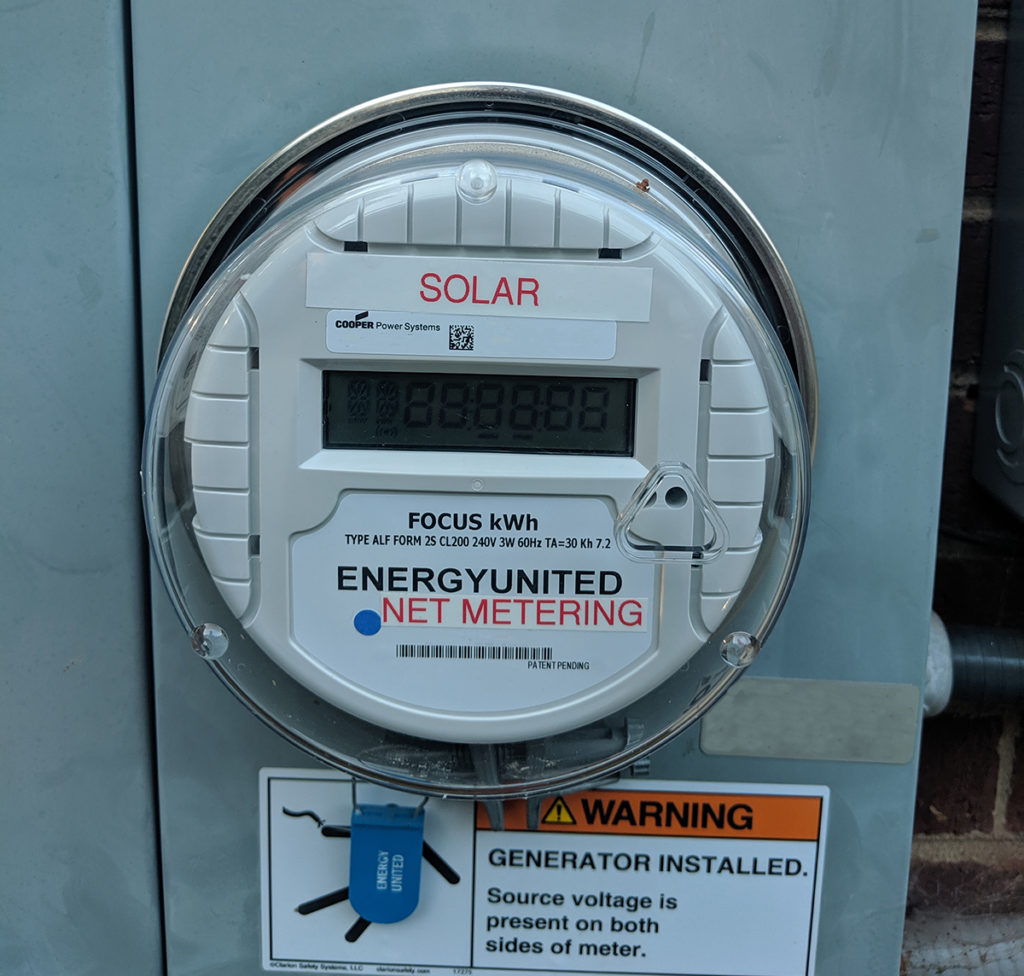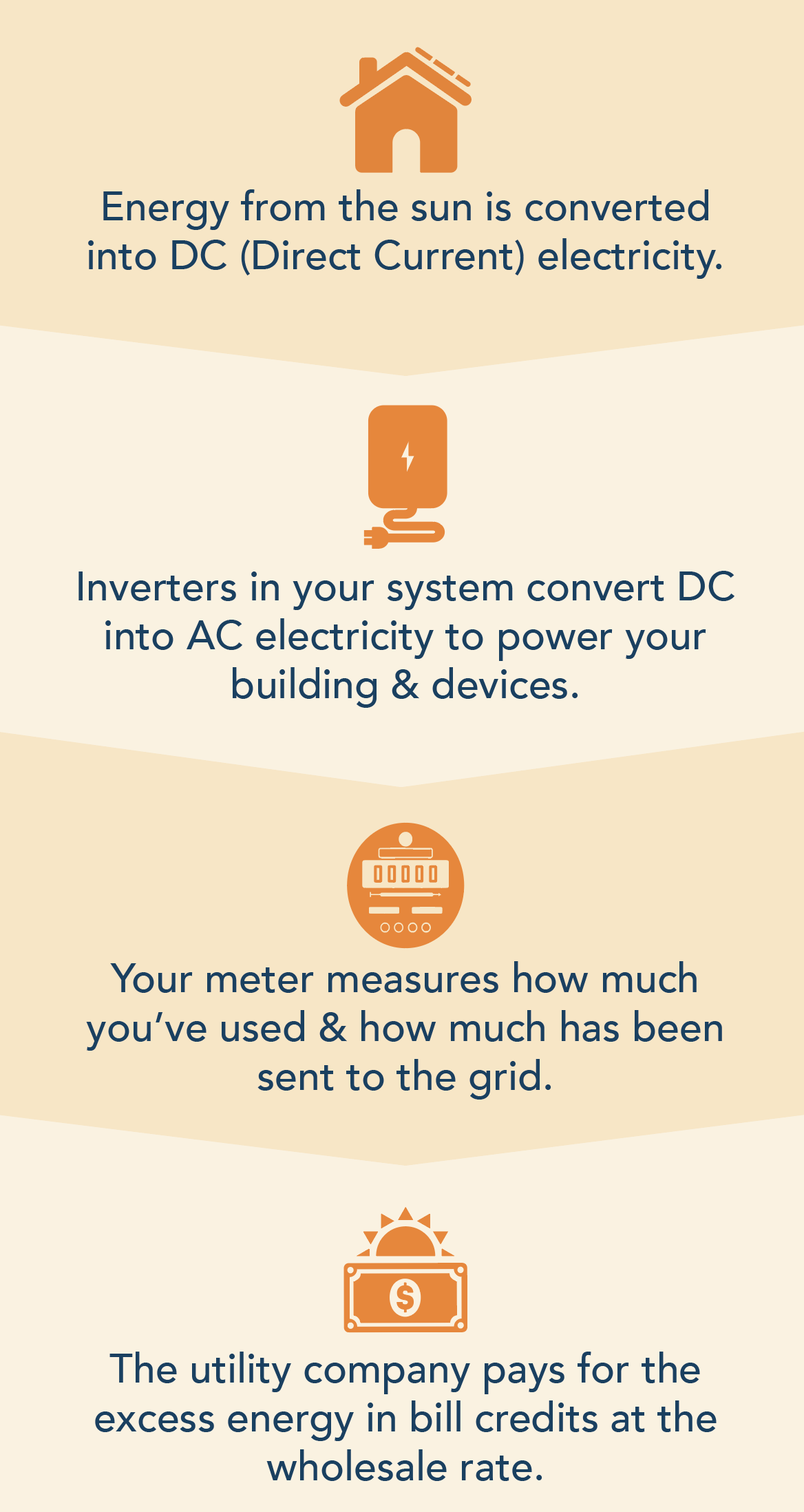Changes to Duke SC Utility Program
Recent Changes to Duke Energy South Carolina’s Utility Program
If you are a Duke Energy customer in South Carolina, there are some changes coming your way. Duke recently announced that they will be implementing a new utility structure beginning in 2022, labeled “Time-of-Use”, which may affect how much you are spending on energy. This change will also affect new and existing solar customers, as the previous net metering program will no longer be offered. The net metering program officially ended May 31st, and for the time being customers will be in an interim period until time-of-use goes into effect next year.
What is Net Metering and Time-of-Use?
NET METERING is a program that was set up to allow people with solar systems to send excess energy generated from their systems back to the grid for credit on their account. This gives utility companies another source of energy, alleviating their pressure, and ensuring that nothing is wasted, all while saving solar customers money.
TIME-OF-USE structure has been adopted in many places over the last few years. It involves utility companies charging customers different rates for their energy usage depending on a variety of factors. Some of these factors include energy usage during certain times of the day, days of the week, holidays, and seasons. They will be categorized as either on-peak or off-peak periods which will determine how much customers will pay. On-peak refers to periods when there is a higher frequency of people consuming more energy, while off-peak refers to periods of a lower frequency of people and consumption. These changes will go for all South Carolina Duke Energy customers, but the same rules will apply to the way that solar utility credits are calculated moving forward.

What is the Interim Period?
In the time between May 31st, 2021 and December 31st, 2021 neither net metering nor time-of-use will be in effect, rather there will be this interim period with a modified utility program. It will resemble net metering to a degree, but with a lower credit rate. So there will not be any of the caveats involved in time-of-use but customers will receive smaller credits for the energy they are sending to the grid.
The good news about this period is that customers who go solar before 2022 will be grandfathered into the modified net metering program until 2029, avoiding any impacts from time- of-use. This is great because although the credits won’t be exactly what they were before, people can still expect to save more with this than they would with time-of-use. The only challenge with this is that Duke has placed a cap on the number of customers per territory [DEC and DEP] that will be accepted into the program each month. But regardless of which program customers end up in, solar will still be a great option to offset the upcoming utility rates.
What Does This Mean for Solar?
Don’t worry, customers with solar will still receive credits for sending their extra energy back to the grid under time-of-use like before. The biggest difference is that this credit will be decreased from the previous rate that Duke was offering with net metering with the actual amount depending on when the energy was generated, i.e. on-peak or off-peak.
There are ways to maximize your savings with solar in this new structure. Pairing your solar system with a battery backup for energy storage will allow you to use more of your own energy that your panels are producing. This means that you don’t have to consume nearly as much power from the grid, protecting you from the time of use rates. Battery backups also allow you to access your stored energy in the event of a power outage. Another tool is system monitoring which will help you tailor your solar production and storage to times when you consume the most. With this you can avoid paying those higher rates during on-peak times.

Start Your Solar Journey Now!
Speak to Us Today!
Ready to Own Your Own Energy?
Speak to Us Today!
